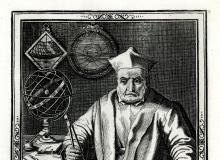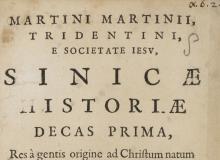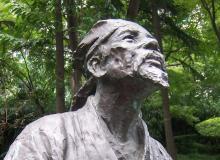Between 1552 and 1773, Jesuit missionaries from Europe enabled significant cross-cultural exchange between China and the rest of the world. They were conveyors of knowledge and interlocutors between cultures. They were greatly helped by Chinese scholars and friends, some of who also became Christians themselves. This section introduces a few of the more significant of these people. Among other things, they have given us the word ‘Confucius’, translated Euclidean geometry into Chinese and helped popularize everything from tea to ginseng. The people introduced here are also connected to books in Boston College’s Jesuitana Collection, held in the Burns Library.
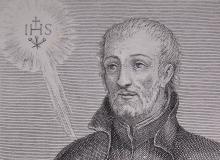
Alessandro Valignano (1539-1606) was an Italian Jesuit priest and the architect of the missions in the east. He was Ricci’s novice master.
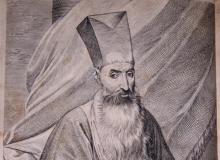
The Portuguese Jesuit Alvaro Semedo (1586-1658) was a procurator for the China mission and his influential history of China was published in multiple languages.
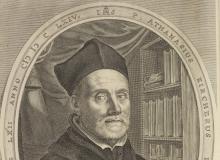
Descartes described Athanasius Kircher, S.J. (1602-1680) as “more quicksalver than savant”, others “the premodern root of postmodern thinking.” Kircher also collated writings about China.
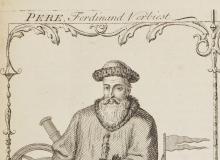
Ferdinand Verbiest (1623-1688) was a Flemish Jesuit who became President of the Chinese Imperial Tribunal of Mathematics in Beijing in 1669.
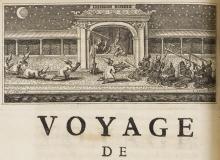
Louis XIV chose six French Jesuits, including Joachim Bouvet (1656-1730), as his mathematicians. They went to Asia as missionaries as well.
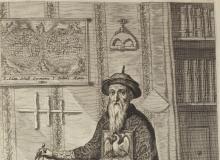
The Jesuits knew that their scientific skills helped their religious goals. Johann Adam Schall von Bell, SJ (1592-1666) became famous throughout China.
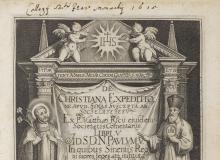
The life of Jesuit missionary Matteo Ricci (1552-1610) has continued to attract academic interest. He was greatly helped by his Chinese friends.
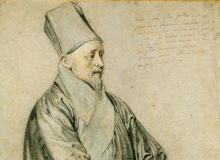
The Jesuit who returned to Europe to promote the work in China was the ‘procurator.’ Nicolas Trigault (1577-1628) was highly successful as this.
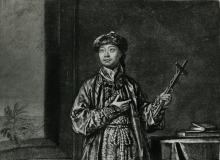
Philippe Couplet (1622-1693) was a Flemish Jesuit who returned to Europe as procurator. During this journey he published books and met wealthy patrons.

